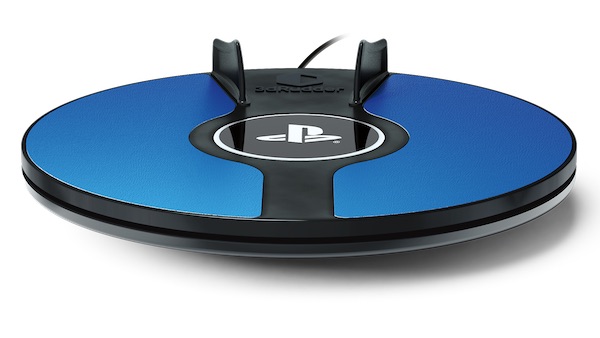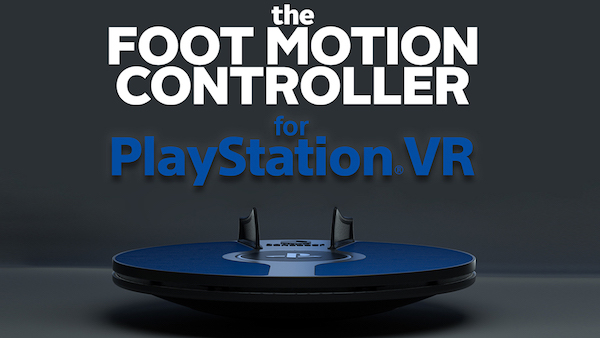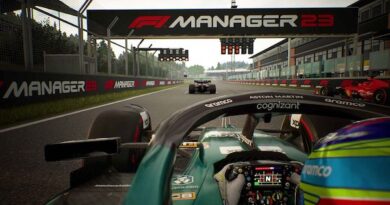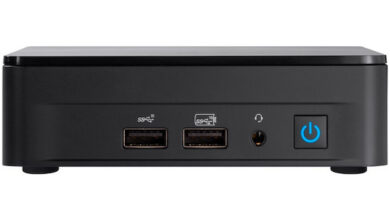3dRudder for PSVR : Q/A with Stanislas Chesnais
The PSVR has had a terrific few years.
While the tech might not stand up to beefy PC counterparts it has won over many users with accessibility and low cost investment. We are no strangers to PSVR here at the site and its fair to say we are constantly surprised by the improvements being made in PSVR games. BVlod and Truth, Farpoint and Astrobot spring to mind. Something exciting on the horizon with future Australasian distribution is the 3dRudder.
One of the key issues that has dogged most experiences has been locomotion and with that often the attached feeling of nausea. There is a solution and having kept an eye on it for a while we thought it was time to lift the lid on the 3dRudder. A purpose built peripheral that is currently on a slow-burn, but gaining traction and fans. As a feet-on experience it makes the difference and fills a gap. Anybody that has tried been challenged by movement in PSVR versions of Skyrim or DoomVFR (already on PC) would agree, if they were integrated 3dRudder would change the game.
I am waiting patiently for mine to turn up.
In the meantime enjoy a few candid questions we had the opportunity to pose to Stanislas Chesnais the CEO of 3dRudder.
Where did the inspiration for the 3dRudder come from? Was it through a moment of clarity or seeing an obvious gap in the peripheral market?
It depends if you talk about motion sickness. This issue has a lot to do with the frame rate of the headset and more importantly how powerful the graphic card is. It also has to do with individual user’s experience and learning. Finally, having some points of reference like the dashboard of a car helps. And many people tell us, the 3dRudder wipes out what’s left of motion sickness.
With PSVR the lack of thumbsticks on the move controller makes locomotion and turning more complex than it should be. Obviously the 3dRudder aims to improve this, how well has the device been accepted and integrated by the developers?
How complicated is it to get support for the device into some more high-profile titles? For example No Man’s Sky?
To gain more traction, is it a question of a bigger install base or feedback from the consumers?
It’s a combination of installed base, games compatibility, players’ feedback. I would add it’s also a question of marketing means. We’re a startup and rely on the support of Sony and some other big names in the industry to get known. The more people share their experience with the 3dRudder, the better.
Obviously the device has more implications than just PSVR ‘games’. Is it safe to assume it can enhance other software like SculptrVR or Dreams (given the chance)?
Now the device is in the wild and the development cycle successful, what is next? Do you have bigger and better ideas for VR application?
First we’re bringing add-ons to the device, turning customer feedback into practical solutions. Next is also the Oculus Quest and whatever other console manufacturers are preparing.
We’ll definitely be very busy in 2020.

Our thanks go to Stanislas for taking the time to answer our questions and hopefully pique some interest in the 3dRudder. Knowing The Wizards and wishing No Man’s Sky integration was on the horizon can’t wait to give it a spin. Literally.
Now, DoomVFR – time to lift your PSVR game.






